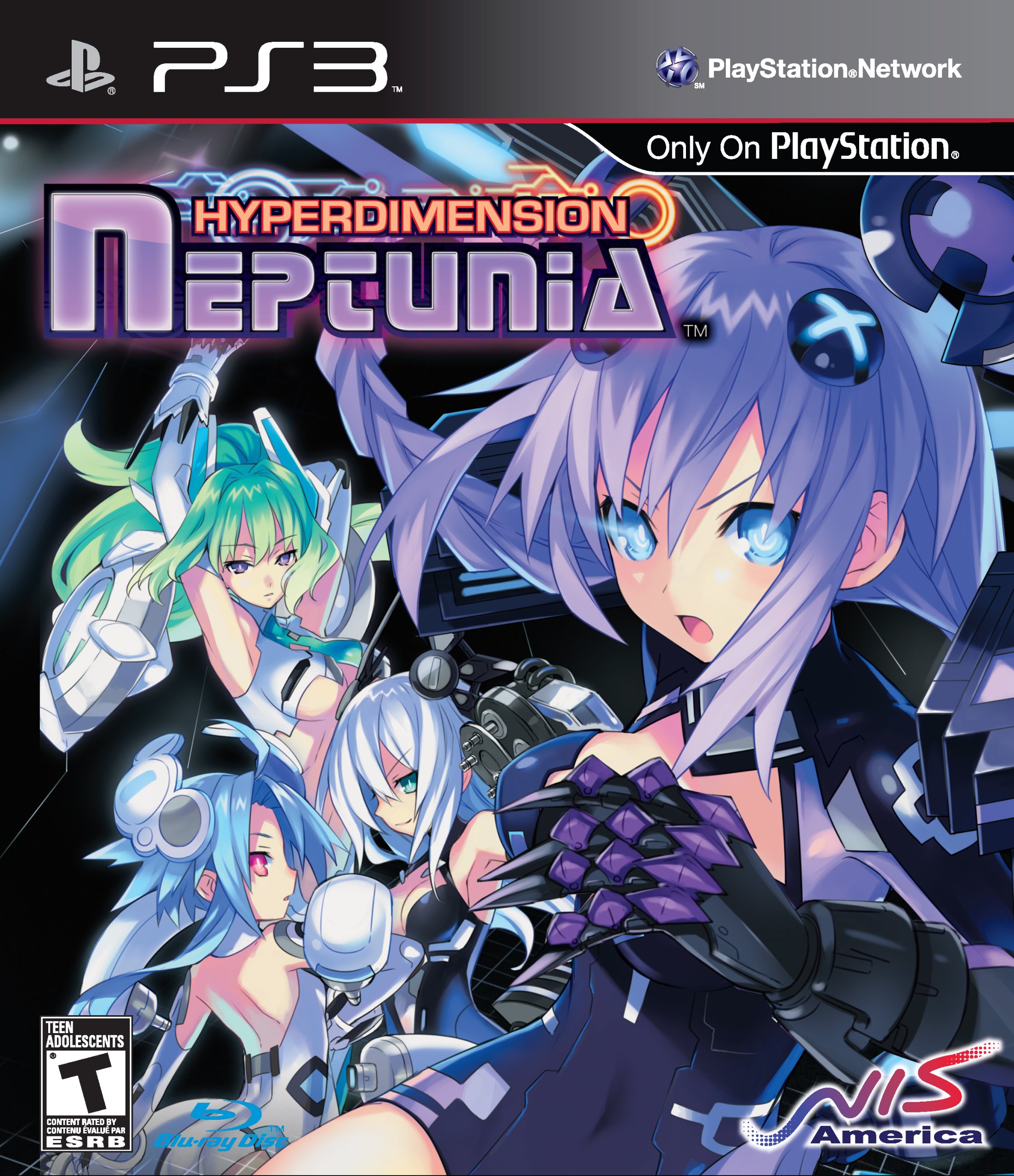

The operating system was based on Windows' architectural kernel.

Microsoft decided to invest and iterate on this design, which eventually paved the way for the Xbox to use the PC's x86 architecture, which was rare for a console at the time. An early prototype was put together by Microsoft engineers as a side project using Dell laptop parts. Arguably the closest the Redmond, Washington-based company had gotten to launching a console was when it developed a custom version of Windows CE for the Sega Dreamcast that supported a version of its DirectX API.Īfter seeing how Sony's console business was detracting from PC game sales and fearing that the rival company would own the living room with the PlayStation 2, Microsoft decided to release its own system to compete. Prior to its launch, Microsoft's major gaming efforts had been focused on the PC, where its Windows operating system held a monopoly on the market. It retailed for $300 and launched within the sixth generation of consoles, which made it the first major gaming system to be created by an American company since the Atari Jaguar. Microsoft debuted its original big, black, and green Xbox in North America on November 15, 2001. Let's take a walk down memory lane as we chronologically look back at all of Microsoft's consoles, hardware redesigns, and major peripherals. It has since sold well over 100 million consoles.

Despite the initial stiff competition and several pitfalls along the way, the Xbox brand has made significant strides over the past 15 years to become a household name in the hardware world and a significant pillar of Microsoft's business. It also had to compete against the PlayStation 2 and GameCube at the time. Up until that point, the company had been primarily a PC software vendor, and there hadn't been room for four major consoles. Before the original Xbox was released in 2001, many doubted Microsoft's chances to compete in the video game console business.


 0 kommentar(er)
0 kommentar(er)
